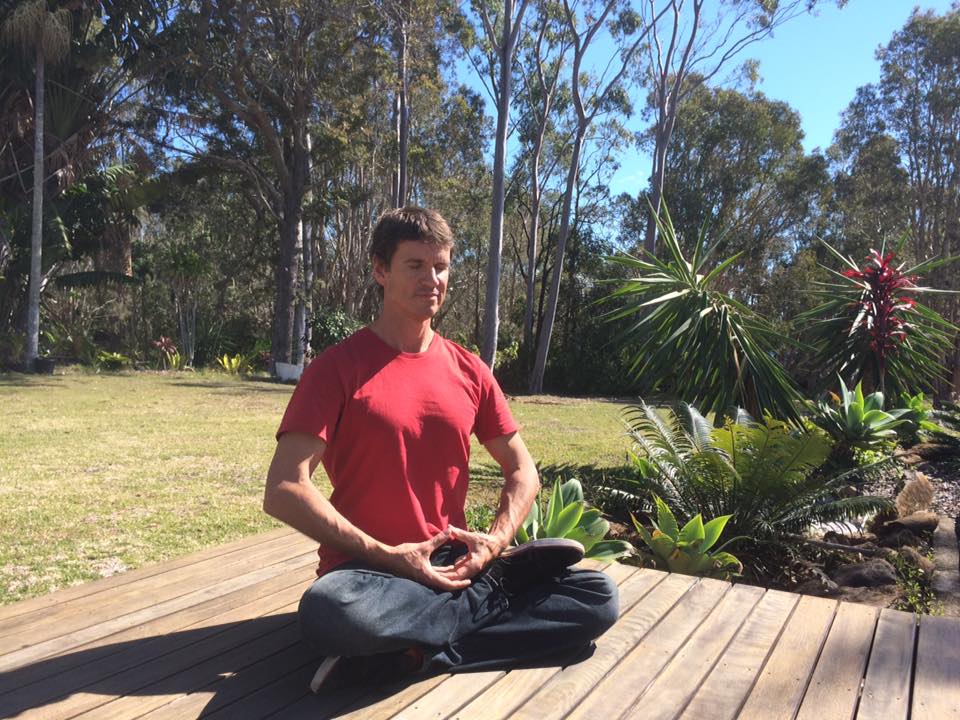
It is time to learn about the power of meditation
- What is this power of meditation?
- How does meditation work?
- How can I benefit from meditation?
This discussion highlights the benefits of meditation. The frequent return to foundational practices is observed in approximately 90% of clients. Given the wide array of psychological therapies available, simplifying approaches and focusing on basic techniques, such as mindfulness meditation, proves essential for mental well-being. Mindfulness meditation remains a core component of therapeutic interventions due to its demonstrated effectiveness in supporting clients’ progress and overall improvement in various aspects of their lives.
Mindfulness meditation can be taught to help treat a variety of concerns such as:
Anger. Read about Anger Management
ATSD. Read about Acute & Post Traumatic Stress Disorder
Anxiety. Read about Generalised Anxiety Disorder (GAD)
Asthma
Attention-deficit/hyperactivity disorder ADHD
Bi-Polar Affective Disorder
Depression. Read about Understanding Depression & the Road to Recovery
Eating disorders
Fertility
OCD. Read about Obsessive Compulsive Disorder
Pain Management
PTSD. Read about Acute & Post Traumatic Stress Disorder
Stress. Read about Stress Management
Substance abuse
How the power of meditation can help you
Athletes use meditation to help improve their skills and strength too. Yes, the mind really does influence the body. There are a wide range of Mindfulness Meditation techniques:
- Concentration
- Relaxation
- Breath
- Sensations
- Analytical
- Music
- Mantra
- Solfeggio
- Walking
- Eating
- Positive Mental Rehearsal

How do you choose the right meditation for me?
Each meditation technique has several variations. The most suitable method depends on the individual’s concerns, their commitment to practice, and what resonates with them.
For example:
- A person with ADHD would benefit from focusing techniques, slowing down the brain waves, enabling better concentration.
- A person suffering from asthma could benefit from mantra meditation, opening the airways, creating easier breathing.
- A person suffering under chronic stress would respond to relaxation, walking and eating meditations.
Each meditation technique offers unique benefits, but learning from an experienced teacher is important. Teachers differ in methods and expertise, teaching either one or multiple techniques. The main advantage comes from consistent daily practice; after 21 days, meditation often becomes a habit, making it a natural part of life and paving the way for real change.
Some facts about Meditation
Many people ask about the effects of meditation on the brain and body. Neuroscientist Dr. Rick Hanson found that meditating for 30 minutes or more daily leads to thicker brain tissue in several areas and an increase in neurons.
The first notable change occurs in the frontal lobe, located directly behind the forehead, which enhances attentional capacity. The second area affected is the medulla, a small region at the base of the brain, which contributes to increased calmness, reduced erratic behaviour, and greater organisational ability among those who practise meditation. Thirdly, development in the anterior left lobe has been linked to an increase in positive emotional states. Finally, the growth of tissue in the posterior brain appears to decrease the risk of age-related cognitive disorders such as dementia and Alzheimer’s disease, thereby supporting healthier ageing.
Meditation – Brain wave states
Now a little bit about how our minds behave, brain wave states, and how they change through meditation
Beta brain waves
We start with a superficial, scattered mind – our daily activities are characterised by a lot of thoughts, some positive and others negative, with very little control or knowledge of how they got there. We find that we are easily distracted, have difficulty concentrating and probably worry about many unimportant things. This is known as the Beta brain wave state. This is our normal waking minds as we go about our daily lives. Thousands of thoughts, bouncing from one to another.
Alfa brain waves
We then progress through to concentration – to deeper, analytical thinking. When our mind is focused completely on one thing, we are the most efficient and purposeful in our thinking. This analytical level reveals the deepest we can go with thought. This is the Alfa brain wave state. Have you ever been involved in something, so focused on it that you are free of distraction? You are not aware of anything else except your task at hand. This is also know as FLOW.
Theta brain waves
From this very deep thinking we enter into intuitive states. We reach a state where it feels so right. When thinking stops and intuitive experience takes over, then this is true meditation. Once you have reached this state you sometimes disappear from your thought process, losing all track of time and return later not knowing where you were, but feeling so blissful, peaceful and in awe. Gurus call this an enlightened state and this is available to all who practice meditation. This is the Theta brain wave state. This is the state you reach when you are just about to fall asleep at night. No longer aware of your environment, your body, and vacant of thought. Not awake, not asleep, but still breathing. This state can be achieved through meditation.
Meditation is exercise for the mind
Meditation is like a workout for your mind. Just as repeated bicep curls strengthen your muscles, consistently refocusing your attention during meditation strengthens your concentration and builds brain tissue and neurons.
Building attention is like strengthening a muscle; distractions help your mind grow stronger. Don’t judge your meditation—there’s no bad meditation, only results. Each session improves your ability to notice wandering thoughts and return your focus more easily.
Our thoughts shape our minds and bodies, and scientific evidence shows that changing how we think can alter our physical and mental structure.
The true power of meditation
A higher stage of meditation, known as enlightenment or fulfillment, is attainable by anyone committed to the practice. While skeptics may view its benefits as extraordinary, this level is accessible through dedicated effort.
They are:
- Increased inner calmness and detachment
- The feelings of connectedness with others
- The deepening of empathy towards others
- The broadening of clarity lessening confusion and inner conflict
- Your inner sensory becoming more acute enhancing what you see, hear and feel.
- A knowing of truth, no longer buying into society’s beliefs and prejudices
- The feelings of bliss, awe and love about your life and nature
For the brave and seekers of enlightenment read more about Vipassana course available: https://www.au.dhamma.org/
feel free to read: Building Self-Confidence , Create Your Positive Mindset , Detachment , Breath and Ice Therapy , Right or Wrong Decisions , How to Use Positive Affirmations , The Stages of Change , Staying Positive with Cancer , Becoming Offended , Stop Seeking Approval , Responsibility , The All Mighty Powerful Ego , Lead & Promote Change & Better Communication
Take action now
You can give me a call for a free 15 minute chat to see if my service is right for you 0405 391 110 or fill out the contact form: https://apspear.com.au/contact/
Check out my social pages:
https://www.facebook.com/MMEI01 or https://www.linkedin.com/in/adrian-p-spear/


